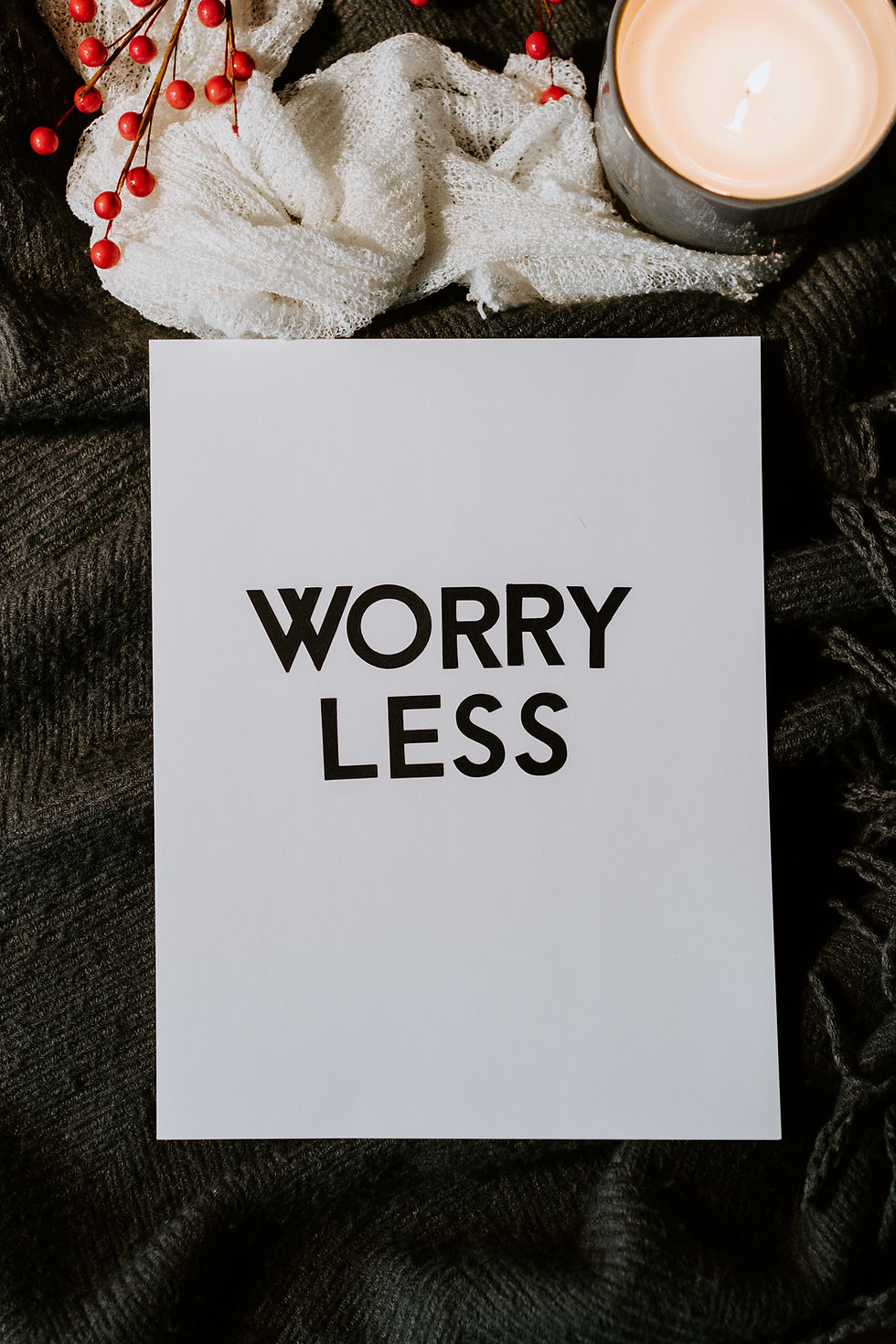Stress is an unavoidable part of life. Stress is necessary for creativity, learning, and survival. It is damaging only when stress becomes overpowering and disrupts the healthy, stable equilibrium that your nervous system requires to stay in balance.
We must engage the body's natural relaxation response to battle stress successfully. Relaxation techniques such as deep breathing, visualization, meditation, yoga, and rhythmic movement such as running, cycling, or mindful walking can help you achieve this.
There is no one-size-fits-all relaxing method that works for everyone. Consider your personal goals, tastes, fitness level, and how you react to stress when picking a relaxation technique. You may discover those alternating or combining different strategies keeps you engaged and produces the greatest outcomes in many circumstances.
Here are some relaxation techniques for you to follow:
Breathing Meditation
Deep breathing is a simple yet effective relaxation method that focuses on large, cleansing breaths. It's simple to learn, can be done practically anyplace, and is a quick technique to lower your stress levels.
Deep breathing is achieved by inhaling deeply from the belly and allowing as much fresh air as possible to enter your lungs. You inhale more oxygen when you take deep breaths from your stomach rather than short breaths from your upper chest. You will feel less tight, short of breath, and nervous as you acquire more oxygen.

Progressive Muscle Meditation
Progressive muscle relaxation is a two-step procedure that systematically contracts and relaxes various muscle groups throughout the body. Most progressive muscle relaxation practitioners make their way up from the feet to the face.
Relax for a few minutes by taking calm, deep breaths in and out. Shift your focus to your right foot once you're relaxed and ready to begin. Please take a few moments to notice how it feels. Squeeze the muscles in your right foot as tightly as possible. Hold for a total of ten seconds. Slowly work your way up to your body, tightening and releasing the various muscle groups along the way.
Body Scan Meditation
A body scan is identical to progressive muscle relaxation in that you merely focus on the feelings in each section of your body rather than tensing and relaxing muscles.
Lie on your back with your legs uncrossed, arms at your sides, and eyes open or closed. Concentrate on your breathing, allowing your stomach to rise and fall with each inhale and exhale. Pay attention to your right foot's toes. Keep your attention on your breathing while noticing any sensations you have. Shift your attention to the right foot's sole. Pay attention to any feelings in that area of your body, and envision each breath coming from the sole of your foot. Move your concentration after one or two minutes. In this way, feel sensations of different parts of your body and relax.
Final Verdict
Incorporating relaxing into your daily routine is the most effective approach to get started and keep it going. Many people, however, find it difficult to balance jobs, family, school, and other obligations. Make the necessary arrangements. Many of the methods may be done while doing other activities, which is convenient.
Curious! What is your favourite way to reduce your stress mid day? Drop a comment below!
More from ME ❤️
Trust the Niggle Podcast: Listen Here
Trust Yourself Journals... Pick your Cover here
A note for transparency: I do use my website and social platforms to create income, and therefore there are affiliate links included, which means if you click/purchase, I may make a commission from that - at no cost to you. Check out my DISCLOSURE for more. Thank you for supporting me!


Comments